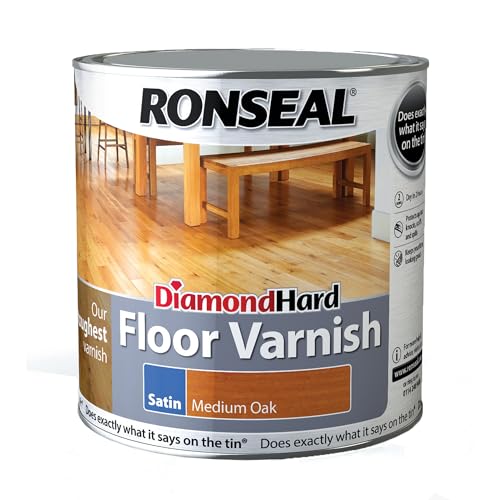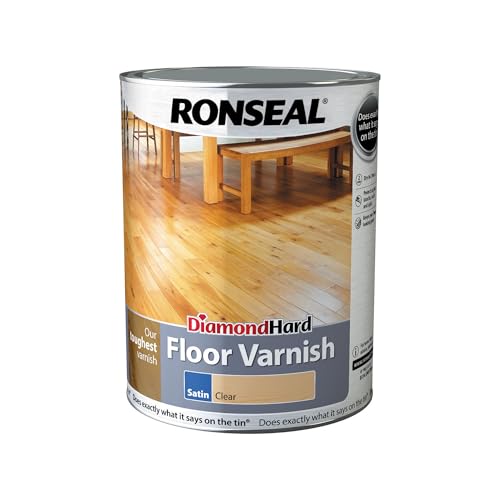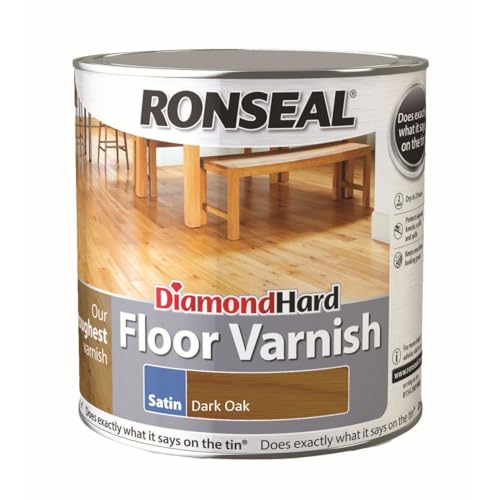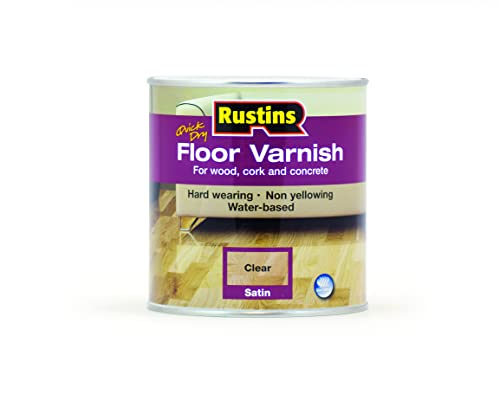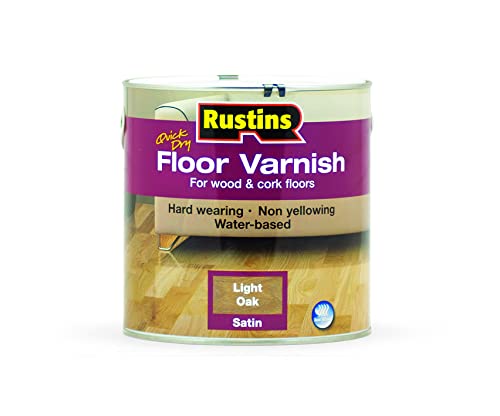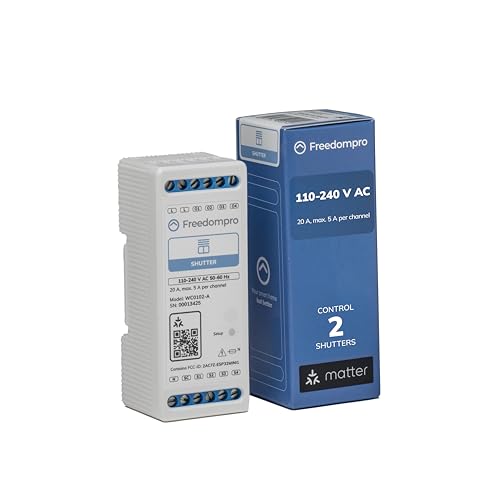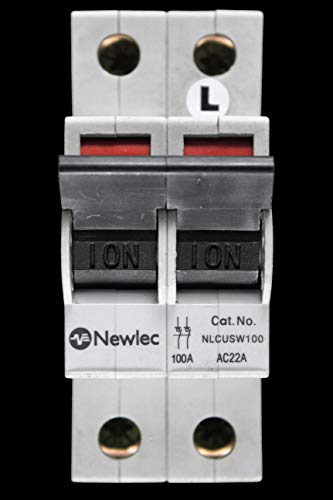Understanding Wood Floor Varnish: What It Is and Why You Need It
What is Wood Floor Varnish?
Wood floor varnish is a protective coating applied to wooden floors to enhance their appearance and durability. Think of it as a shield that guards your beautiful wooden floors against scratches, stains, and everyday wear and tear. When you choose to varnish your floors, you are contributing to their longevity and maintaining their shine, while also simplifying cleaning routines.
Importance of Wood Floor Varnish
Applying varnish is essential because untreated wooden floors are vulnerable to damage from foot traffic, moisture, and even sunlight. Without varnish, wood can absorb spills leading to stains and warping. Additionally, varnish helps in reviving aged wood and making it look more vibrant. Ultimately, investing in varnish is an investment in your flooring, saving you potential future repair costs.
Types of Wood Floor Varnishes: Which One is Right for Your Home?
Oil-Based Varnish
Oil-based varnishes are renowned for their durability and rich colour. They penetrate deep into the wood, enhancing its natural grain and providing robust protection. If you’re looking for a long-lasting finish that holds up well against scratches, this type could be your ideal choice.
Water-Based Varnish
On the other hand, water-based varnishes dry faster and emit fewer fumes, making them a popular choice for indoor applications. They are transparent and maintain the natural appearance of wood without yellowing over time, which is ideal if you desire a fresh, clean aesthetic.
Polyurethane Varnish
Polyurethane varnishes combine the benefits of both oil and water-based options. They are incredibly tough and offer excellent resistance to heat and chemicals. If your home experiences high traffic, consider this varnish type for superior protection.
How to Apply Wood Floor Varnish: A Step-by-Step Guide
Preparation
Before we start applying varnish, it’s crucial to prepare the floor properly. Begin by cleaning the wooden surface thoroughly to remove dust and debris. If your floor has an old finish, it’s advisable to sand it down gently with fine-grit sandpaper to create better adhesion for the new varnish.
Application Process
Once the space is well-prepared, gather your tools: a brush or roller, varnish, and a paint tray. Start at one corner of the room and work your way toward the exit, applying the varnish in thin, even coats. Allow each coat to dry completely before applying the next—usually around 2 to 4 hours depending on the varnish type you choose. It may take two or three coats to achieve the desired finish.
Final Touches
After the final coat, avoid walking on the floor for at least 24 hours, allowing the varnish to fully cure. This ensures that your efforts lead to a flawless, durable finish.
Maintaining Your Varnished Wooden Floors: Tips for Longevity
Regular Cleaning
To keep your varnished floors looking pristine, regular cleaning is vital. Sweep or vacuum frequently to remove dirt and debris that can scratch the surface. When mopping, use a damp mop with a cleaner specifically designed for varnished floors, as harsh chemicals can damage the finish over time.
Addressing Scratches and Scuffs
For minor scratches, a touch-up pen or matching stain can make a world of difference. For more pronounced damage, light sanding followed by a reapplication of varnish can restore the area seamlessly.
Choosing the Right Finish: Gloss, Satin, or Matte for Your Space
Gloss Finish
A gloss finish provides a high sheen that reflects light beautifully, making it ideal for contemporary spaces. This finish enhances the colour and grain of the wood but requires more maintenance to keep it looking immaculate.
Satin Finish
Satin offers a balanced shine that isn’t too reflective but still adds warmth to the space. It’s versatile, making it suitable for various home styles while being less prone to showing dirt or fingerprints.
Matte Finish
If you prefer a more understated look, a matte finish would be your best option. It provides a natural appearance while effectively hiding imperfections. It’s perfect for homes with heavy foot traffic, as it is less likely to show marks.




